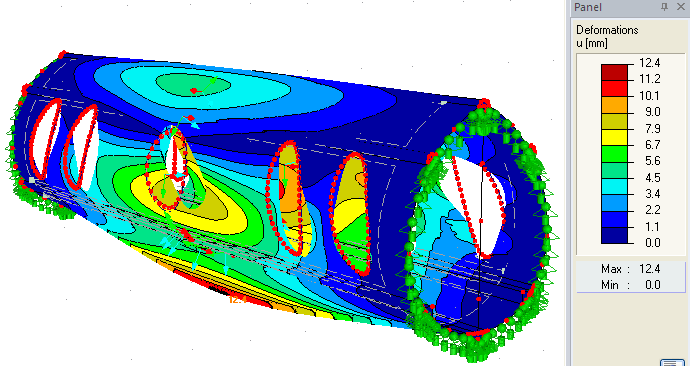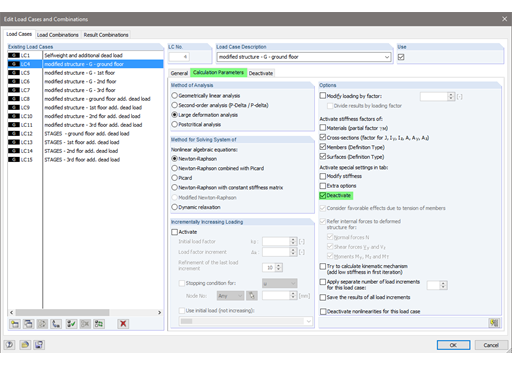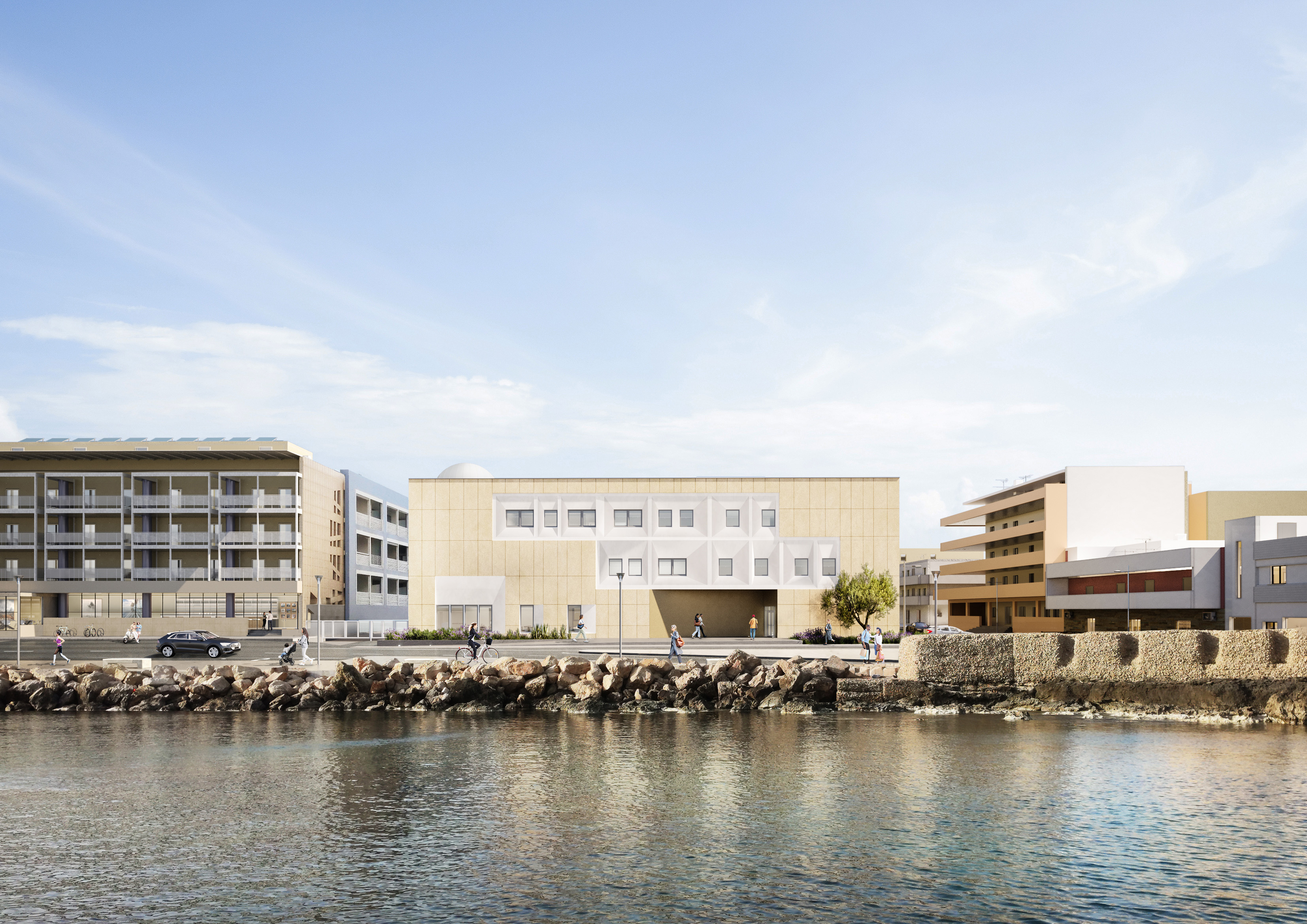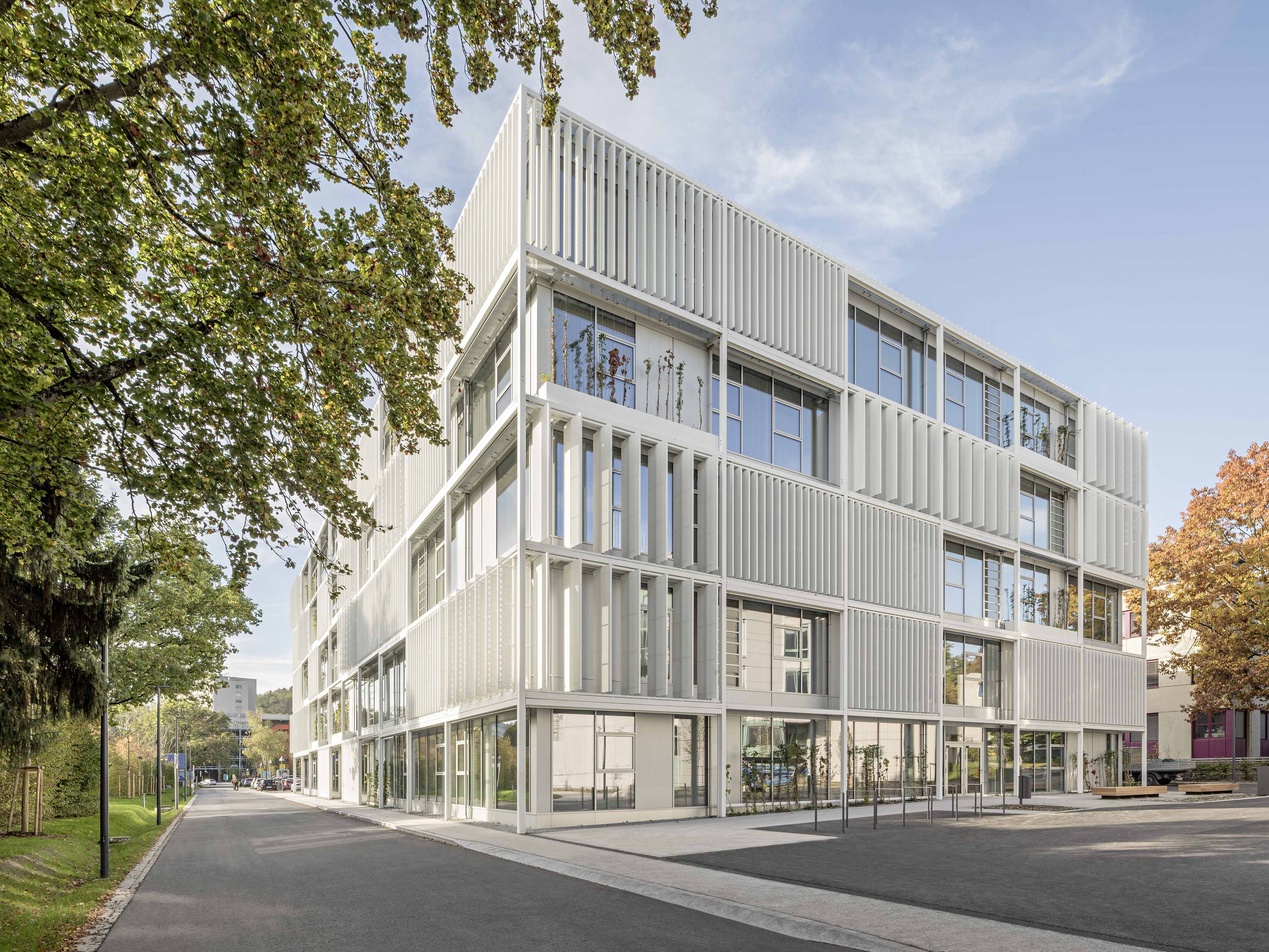|
Author
|
Abraham Brew-Sam
|
|
University
|
Dresden University of Technology, Germany
|
With the light weight of the textile reinforcement (1.8 g/cm3), high tensile strength textile mesh (from 1,000 to 3,500 N/mm²), high compressive strength of the matrix (> 70 N/mm²), high corrosive resistant of the matrix, high flexural, bending and torsional strength, and so on, it provides endless possibilities in strengthening or building light and durable structures.
In view of this, between two existing buildings which are 16 m apart, a pedestrian bridge would be built. A TRC enclosing shell structure with an organic shape and openings along the longitudinal sides was selected. Thus, maximizing the full material benefits of the TRC and ensuring pedestrian comfort.
The bridge was modeled, analyzed and optimized using Dlubal Software program RFEM. The conclusion and output was: Indeed the thin shell bridge structure can be designed with TRC, but further optimized for stability by providing additional steel tie bars incorporated into a series of transverse and longitudinal ribs, and also locking the ends of the bridge with a concrete frame to reduce deformations.
The properties of the main shell:
- Maximum height: 4 m
- Maximum width: 3.06 m
- Shell thickness: 0.03 m
- Radius of the ribs: 0.1 m
- Number of longitudinal ribs: 6
- Average number of mesh layers: 3











































_1.jpg?mw=350&hash=ab2086621f4e50c8c8fb8f3c211a22bc246e0552)


-querkraft-hertha-hurnaus.jpg?mw=350&hash=3306957537863c7a7dc17160e2ced5806b35a7fb)



















.png?mw=600&hash=49b6a289915d28aa461360f7308b092631b1446e)
